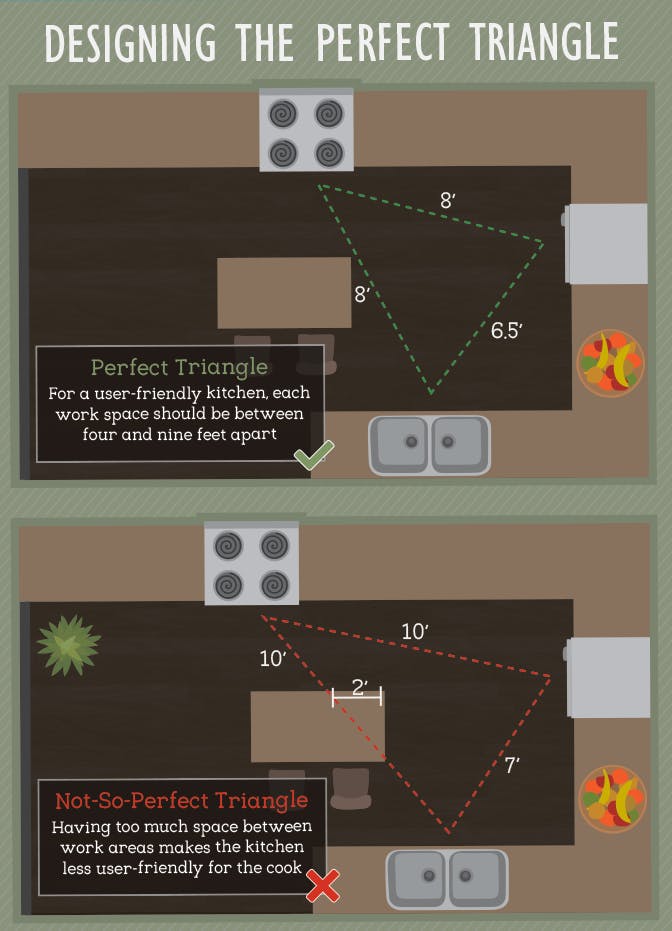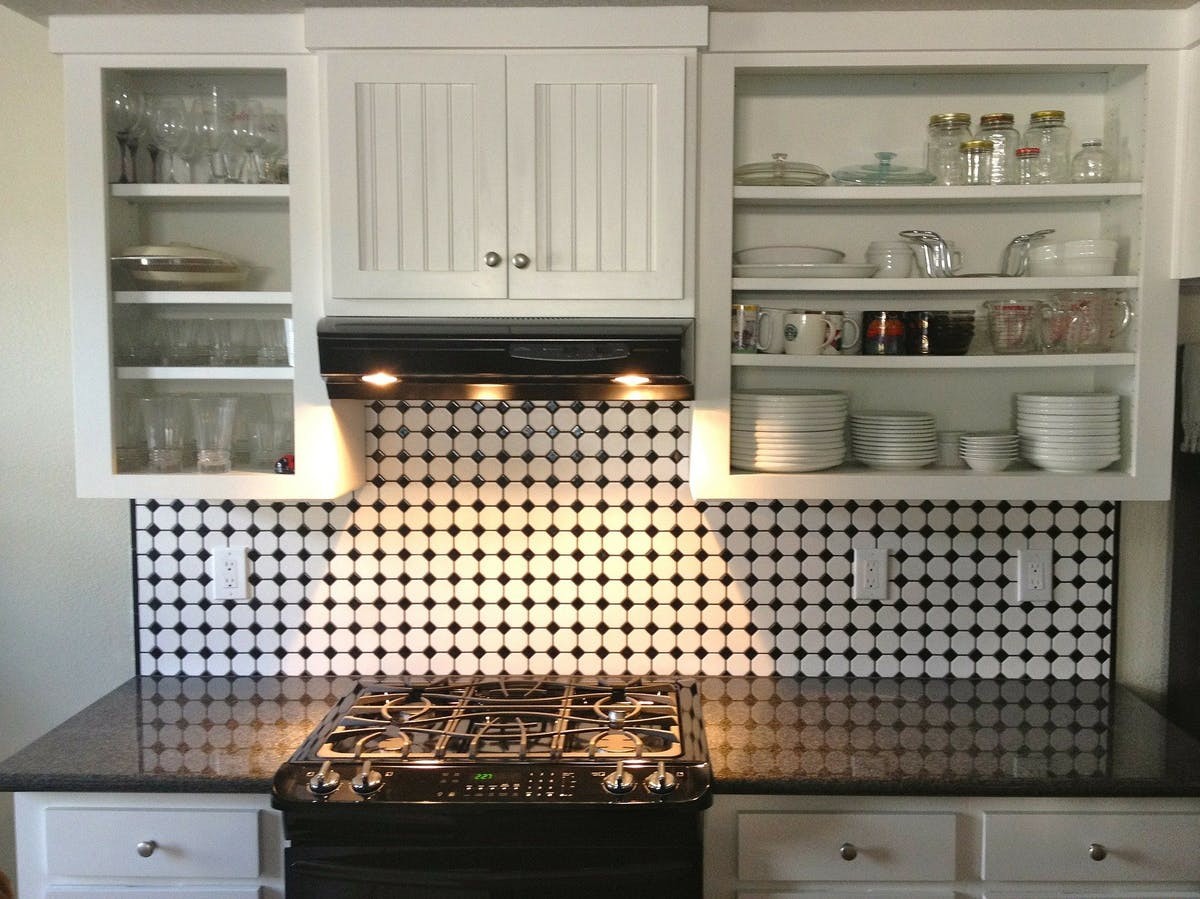You’ve got your dream apartment — but it needs some light remodeling. First up, choosing a stove that fits perfectly in your brand new kitchen.
So, what size is an apartment stove? The answer all depends on the kind of space you have.
For the smallest kitchen spaces, narrow kitchen stoves range from about 20 to 24 inches wide. On average, apartment-sized stove measurements are 40'' H x 24'' W x 20'' (height x width x diameter). That usually leaves you with an interior oven of 14'' H x 16'' W (height x width). But you need to account for weight and the space around the stove itself.
Some apartments can fit more robust stoves that go beyond 30 inches but could leave you without room for much else. When picking the right size stove for your apartment, you need to consider three crucial things: space, diameter, and weight.
Still unsure? Don’t worry, we’ve looked at some common questions we get when it comes to picking the right sized stove for your apartment.
How much does an apartment stove weigh?
Stoves are pretty heavy — in fact, they’re likely to be the heaviest appliance in your kitchen. An apartment stove around 24 inches wide can weigh anywhere between 120 to 140 pounds.
Most apartments can handle this extra weight, but if you have a super small space it’s worth considering how easy it’s going to be to move the stove.
Heading up six flights of stairs? Have a small doorway? There are a few things you need to think about when moving a stove into your brand new apartment.
- Double-check the manual that comes with your stove: Your manual should detail everything you need to prepare ahead of a move.
- If it’s electric, turn off your oven in your apartment: Seems obvious, but there should be a manual switch in your electric circuit box in your apartment. Switch off any electricity in your kitchen before you move the stove in or out.
- If it’s gas, shut off the gas line: Switch off the main shut-off valve that connects to the stove. If you’re unsure, get a professional to check. This is super important, as it could otherwise cause a gas leak.
- Get a dolly: Moving a hefty stove isn’t going to be easy. Pop the stove onto a dolly and share the weight with a second person. That should avoid scratching up your brand new floors.
How much space do you need on each side of a stove?
Curating the perfect kitchen requires a lot of planning. If you’ve got a smaller kitchen, you’ll really need to consider how best to use up every inch of your space.
But when it comes to the size of a stove, getting the right space above and in front of the appliance is not only a design consideration — it’s a health and safety requirement.
In front of the stove
The space in front of your stove can make or break the feel of your new kitchen. In order to have a safe, accessible cooking area you need a clear ‘work zone’ of 40 inches in front of the stove. For larger stoves, you should aim to clear at least 48-60 inches between other appliances.
This makes sure you can use the stove safely and gives you more room for all your cooking needs.
Above the stove
The workspace above your stove should have a clearance of at least 24 inches between the ventilation hood and the stovetops. That way you can cook safely without bumping your head!
What size should my stoves’ ventilation hood be?
A ventilation hood removes grease, gas, and fumes from the room. It’s a must-have for a properly fitted kitchen. The size of a hood depends on the stove you’re getting.
If you’re getting a new ventilation hood it should be roughly as wide as the stove itself, ideally 3 inches longer on each side. There are three types of hoods you can install: vented, convertible, or recirculated.
Vented
A vented hood or a ducted hood sends the grease, moisture, and air outside of your home through the wall or roof. Make sure it’s installed perfectly or ventilation will be difficult.
Nonvented or Recirculated
For a nonvented ventilation hood, the air goes through a filter and recirculated into the kitchen. You’ll need to change filters on this model quite often.
Convertible
Convertible hoods let you switch between the two, so the choice here is yours.
How powerful is a smaller stove?
Concerned about sizing down and in turn having a stove with weak countertop flames? Don’t worry, there are two ways to check your stove’s power before you purchase. We’ve broken these down below.
Gas stoves
BTU (British Thermal Unit) levels on gas stoves tell you how long it takes to boil a pot of water.
Keep an eye out for BTU specifics for each cooktop. You want to average at least 7,000 BTUs per burner. And, ideally, you’d have a range of BTUs that enable you to switch from low-heat cooking to boiling point.
Narrow gas stoves like this one from Amazon are built to be as efficient as possible. At only 20 inches wide, this stove has four 9,000 BTU Cooktop Burners — so you won’t spend ages cooking your pasta.
Electric stoves
Don’t forget to check the power of electric stoves too. Electric stoves use a minimum of 2,000 watts and a maximum of 5,000 watts. Any less than this and food will take a long time to cook
Smaller electric stoves like this one from Amazon provide enough power without taking up too much space.
How much space do you need for a 30-inch stove?
Sometimes, a bigger stove is the better choice. Sacrificing space for a better cooking experience is totally up to you. You can still fit a larger stove in a smaller space — it’s all about being crafty.
If you’re looking to get a bigger stove you need to look at the layout of the kitchen itself.
On average, a 30-inch wide stove will have a height of 36 inches, with a depth of 25 inches. If that fits fine, you need to consider the overall workspace surrounding the stove. Can you easily access the sink from the stove? Is there enough countertop space for food prep?
A good way to design your kitchen is by following the triangle system. There are three main areas of a kitchen’s workspace: stove/oven, sink, and refrigerator. They make up the basis of your kitchen.
The path between each of these points should be clear. Think about the distance between each — would an awkwardly placed cabinet mean you end up hurting yourself trying to cross from each point? Can you carry a pot of hot water from the stove to the sink without hurting yourself?
And of course, other areas like the microwave shouldn’t stray too far either.
Here’s a useful visualization from fix.com:

Of course, apartment kitchens are generally unforgiving when it comes to space. But planning your smaller scale triangle is just as important if you mean to take up more space with a bigger stove.
Recent posts
